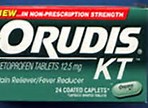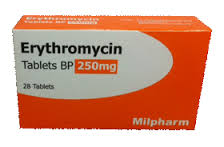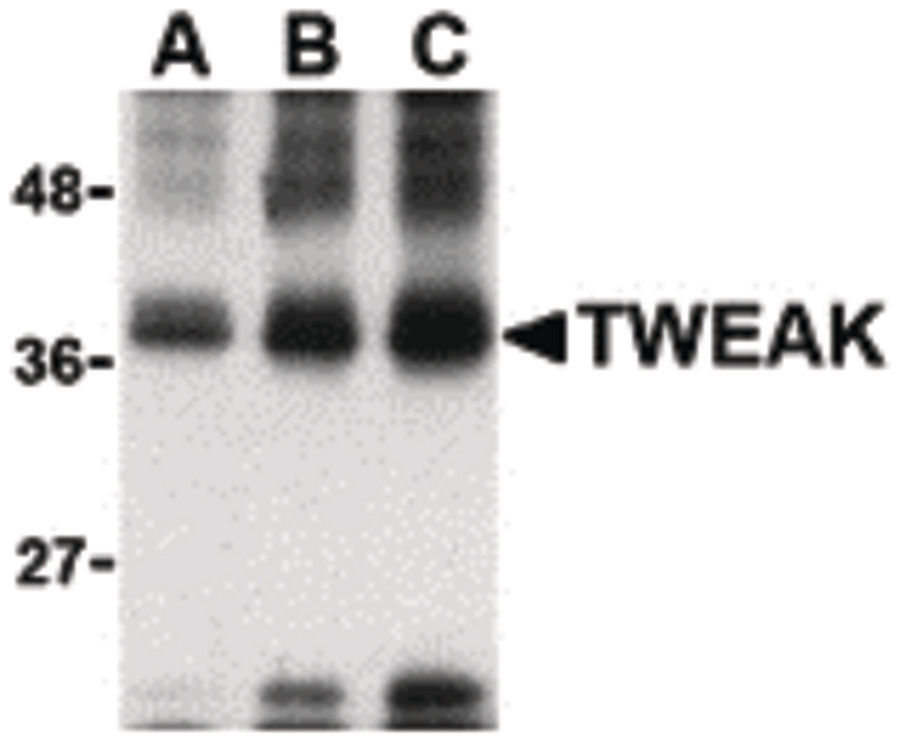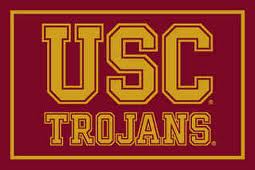Another paper has been published and revealed another potential treatment for myotonic dystrophy, Phenylbutazone PBZ.. Interestingly this study was also done in Japan………… now a hotbed of repositioning drugs for treatment of myotonic dystrophy. some info from the study
“Using the drug repositioning strategy, we found that PBZ markedly elevated MBNL1 expression in myogenic cells(Fig. 1 and Supplementary Fig. S1) as well as in skeletal muscles in HSALR mice model (Fig. 2 and Supplementary Fig. S2). PBZ mitigated muscle pathology (Fig. 2d,e) and improved the running wheel activity and grip strength
in HSALR mice (Fig. 2c and Supplementary Fig. S2d).”
This summary above showed that in mice this drug helped mice with myotonic dystrophy run on the wheel better and had better grip strength. More info below
PBZ is an NSAID with anti-inflammatory, antipyretic, and analgesic activities. PBZ was approved in humans for rheumatoid arthritis and gout in 1949. Although incidental adverse effects of fatal liver disease and aplastic anemia markedly lowered the use of PBZ, PBZ is still used as an alternative drug for ankylosing spondylitis32,33.
Interestingly, another NSAID, ketoprofen has been reported to suppress CUG-induced lethality in Drosophila34, and we also found that 50 μ M ketoprofen upregulated the expression of Mbnl1 mRNA 1.2-fold in C2C12 cells, which was lower than the 1.3-fold increase of Mbnl1 mRNA by 50 μ M PBZ (Supplementary Fig. S6). Ketoprofen
and some other NSAIDs may have beneficial effects on a mouse model of DM1, as well as on DM1 patients.
Editors Note: This drug (PBZ) approval was removed for humans in 2003 in the USA and Canada. It is available for use in animals only. The drug Ketoprofen was not studied in depth but is an approved NSAZID drug in the USA. We have choosen the image of Ketoprofen as this is an approved drug in the USA.
Full study is Here.. Phenylbutazone Treatment DM1 mice





